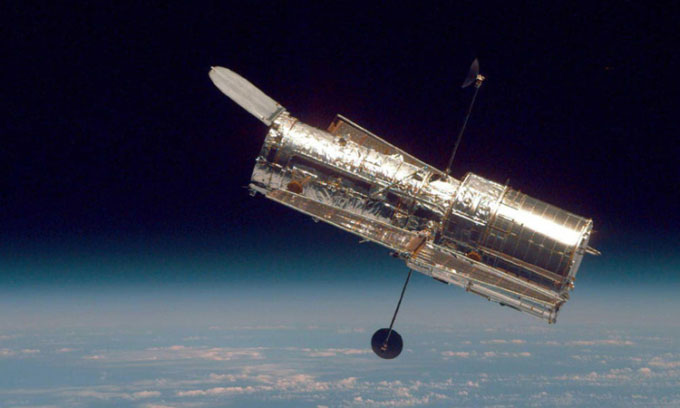Astronomers Propose New Telescope to Replace Hubble with the Ability to Observe Distant and Faint Exoplanets.
The National Academies of Sciences, Engineering, and Medicine (NASEM) has released the 2020 Decadal Survey on Astronomy and Astrophysics, also known as Astro 2020. This report is published once every ten years and outlines plans for the upcoming decade in the field of astronomy in the United States.

The Hubble Space Telescope operating in orbit since 1997. (Photo: NASA).
Astro2020 prioritizes three main issues: searching for exoplanets that may harbor life, understanding the mysteries of the universe including dark matter and the expansion of the universe, and studying galaxy formation. The report also acknowledges the importance of increasing diversity, expanding outreach in astronomy, and supporting newcomers to the field.
One of the most notable proposals is the construction of a new space telescope named the Great Observatory to replace the aging Hubble, which has encountered numerous issues this year. The new telescope will operate across optical, infrared, and ultraviolet wavelengths, and will be capable of missions such as observing distant exoplanets to determine if they are suitable for life.
The Great Observatory will be a combination of two NASA projects: the Habitable Exoplanet Observatory (HabEx) and the Large Ultraviolet Optical Infrared Surveyor (LUVOIR). With a budget of $11 billion, the Great Observatory will be able to see distant planets that are 10 billion times fainter than their host stars.
“The new report sets forth an ambitious yet inspiring vision for the next decade of astronomy and astrophysics,” said Fiona Harrison, head of physics, mathematics, and astronomy at the California Institute of Technology.
“By changing how we plan for the most ambitious space projects, we can develop a rich portfolio of missions aimed at pursuing far-reaching goals, such as searching for life on planets orbiting stars in the vicinity of the Milky Way,” Harrison added.


















































